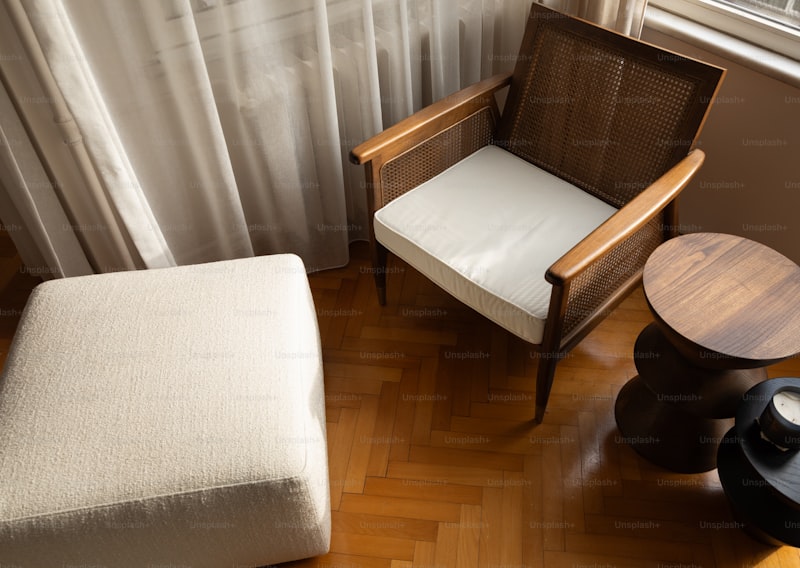Exploring Emperor and Empire Styles: A Rich Tapestry of History and Design
The allure of Emperor and Empire styles captures the imagination of history enthusiasts, designers, and art lovers alike. These styles, known for their grandeur and opulence, embody a crucial period in European history that offers invaluable insights into the reigning aesthetics, cultural influences, and political climates of their time. In this article, we will delve deep into these iconic styles, examining their origins, characteristics, and impact on contemporary design.
Understanding the Origin of Emperor and Empire Styles
The Empire style emerged in France during the early 19th century, denoting the reign of Emperor Napoleon Bonaparte. Taking inspiration from classical antiquity, particularly Greek and Roman motifs, this style encapsulated the power and ambitions of the Empire. As Napoleon sought to project French dominance across Europe, the Empire style became a means of showcasing national pride and imperial strength.
Conversely, the term “Emperor style” often refers more broadly to various global interpretations of imperial aesthetics, including those from Asia, the Middle East, and even pre-Columbian empires. However, within the context of European art and architecture, it closely aligns with the neoclassical elements witnessed during the Napoleon era.
Characteristics of Emperor and Empire Styles
| Emperor Style Features | Empire Style Features |
| Exquisite textiles and rich fabrics | Grand architectural elements like columns and pediments |
| Intricate ornamentation influenced by Eastern designs | Use of classical motifs, including eagles and laurel wreaths |
| Emphasis on regal colors such as gold, deep red, and royal blue | Furniture decorated with symbolic figures and geometric patterns |
| Showcases of artistry in porcelain, lacquer, and hand-painted surfaces | Heavy use of mahogany, gilt bronze, and lacquered finishes |
The distinct characteristics of these styles reflect their origins and the artistic movements that inspired them. While the Empire style focuses more on architectural and furniture design, the Emperor style encapsulates a broader array of cultural artifacts and fashions.
Cultural Significance and Influence on Modern Design
Both Emperor and Empire styles have left an indelible mark on modern design principles. Their influence can be observed in various fields, from architecture to interior design and even fashion. The stark lines and monumental scale of Empire architecture can be seen in contemporary public buildings, while the lavish textiles associated with Emperor styles are frequently emulated in high-end fashion.
As more designers draw inspiration from historical aesthetics, there is a renewed interest in creating pieces that echo the grandeur of the past while maintaining relevance in modern contexts. This fusion of old and new allows for a dynamic exploration of how historical styles can adapt and continue to inspire.
Frequently Asked Questions about Emperor and Empire Styles
As interest in Emperor and Empire styles grows, several questions arise:
- What distinguishes Empire style from other neoclassical styles? The Empire style is particularly characterized by its association with Napoleon, emphasizing militaristic and nationalistic motifs that differentiate it from earlier neoclassical traditions.
- How can I incorporate these styles into modern decor? Consider integrating key elements such as bold colors, classical motifs in furnishings, and luxurious textiles to evoke the grandeur of Emperor and Empire styles.
- Are there any notable examples of these styles in famous buildings? Yes, structures like the La Madeleine in Paris embody Empire style, while the opulent interiors of the Palais Garnier showcase the influence of Emperor design.
Tips for Incorporating Emperor and Empire Styles into Your Home
To successfully incorporate the essence of these majestic styles into your living space, consider the following tips:
- Choose a Color Palette: Embrace deep hues like burgundy, navy, and gold that reflect the richness of Empire aesthetics.
- Invest in Statement Furniture: Look for pieces that feature classical motifs, such as chairs with Doric or Corinthian legs and tables with elaborate ornamentation.
- Focus on Textiles: Incorporate luxurious fabrics, such as silk or velvet, for curtains and upholstery, enhancing the regal feel of your interiors.
- Add Artwork: Hang artwork that highlights historical themes or incorporates motifs from the Empire style, creating a focal point in your space.
- Include Decorative Accents: Utilize items like gilt mirrors, ornate frames, and sculptures that resonate with the grandeur of the styles you’re emulating.

Conclusion
The Emperor and Empire styles stand as powerful symbols of ambition, history, and design elegance. They remind us of a time when art and architecture were seen as reflections of national pride and identity. As we continue to explore the depths of these styles, it is essential to approach them with an understanding of their historical significance and an appreciation for the artistry they embody. By thoughtfully incorporating elements of these styles into modern design, we can create spaces that not only pay homage to the past but also celebrate the ongoing evolution of aesthetics.
Finally, whether you're a design enthusiast or simply someone looking to add a touch of grandeur to your home, embracing the Emperor and Empire styles can offer a transformative experience, infusing your surroundings with rich history and timeless elegance.